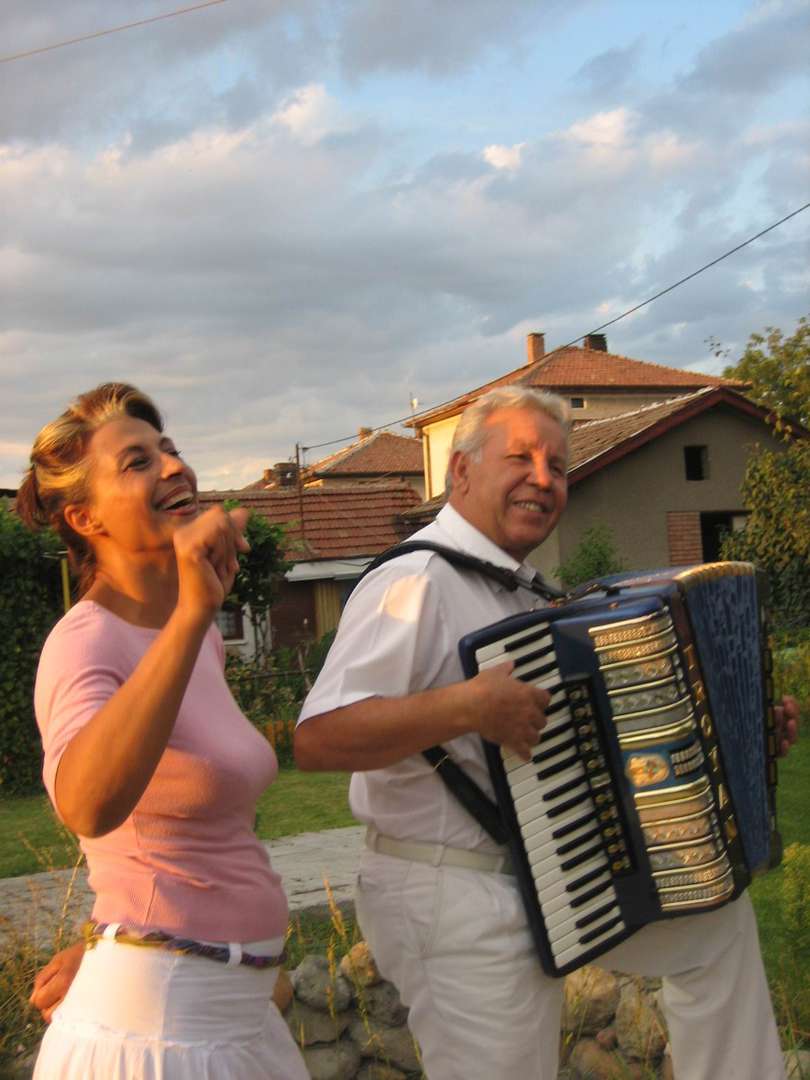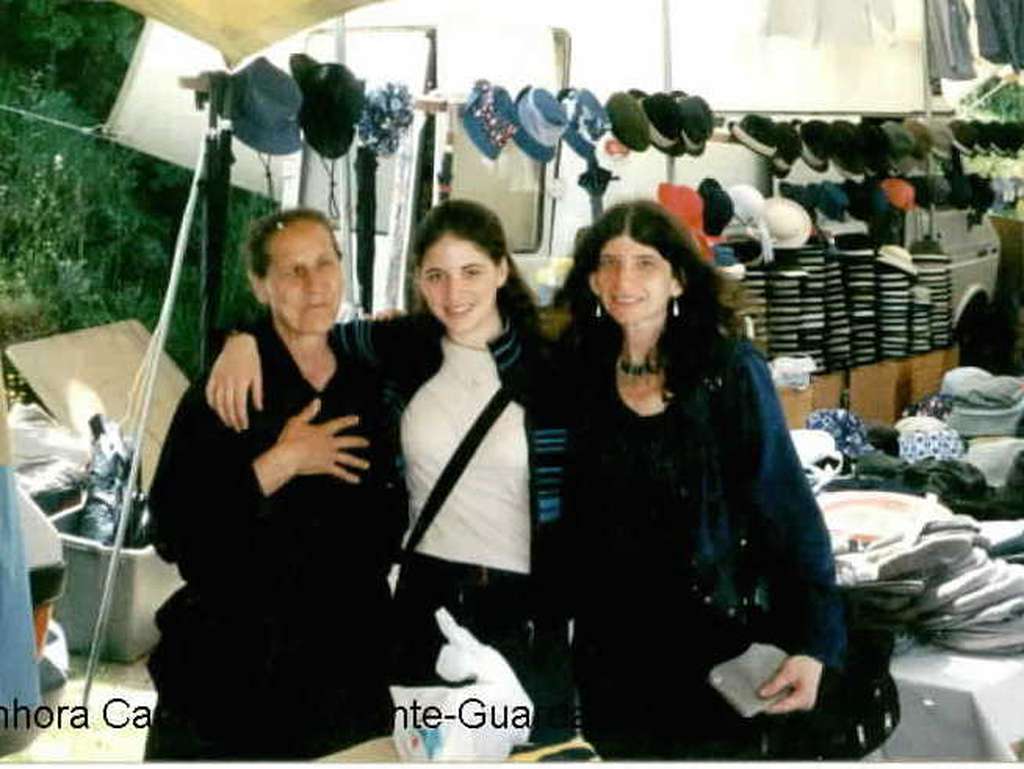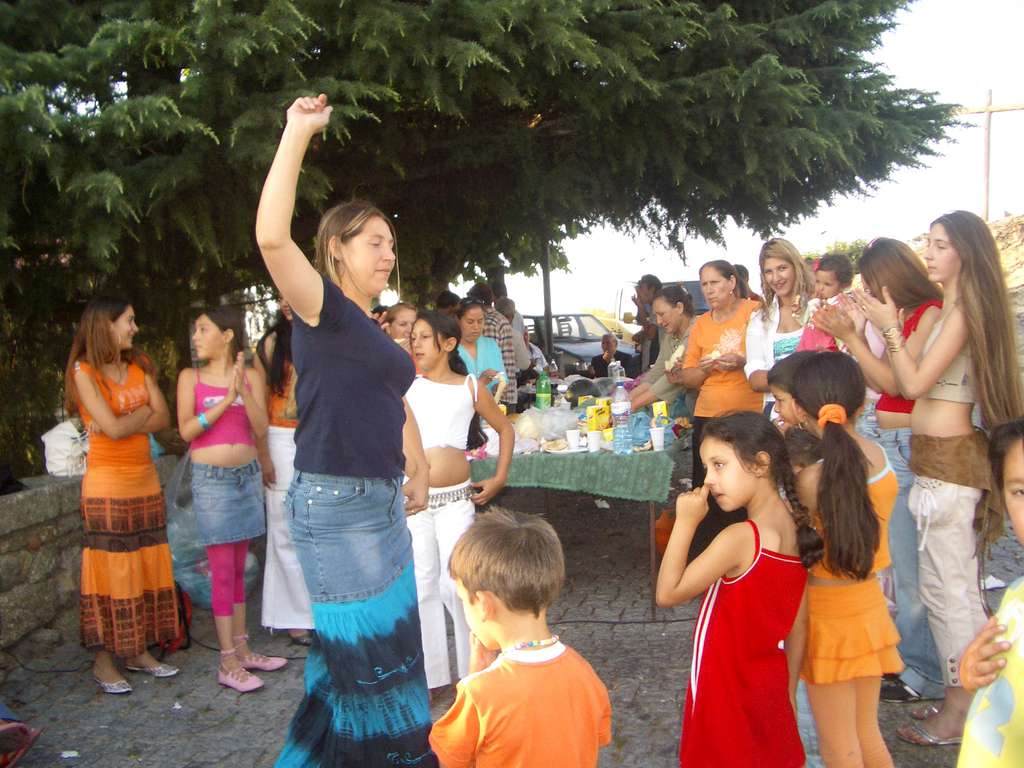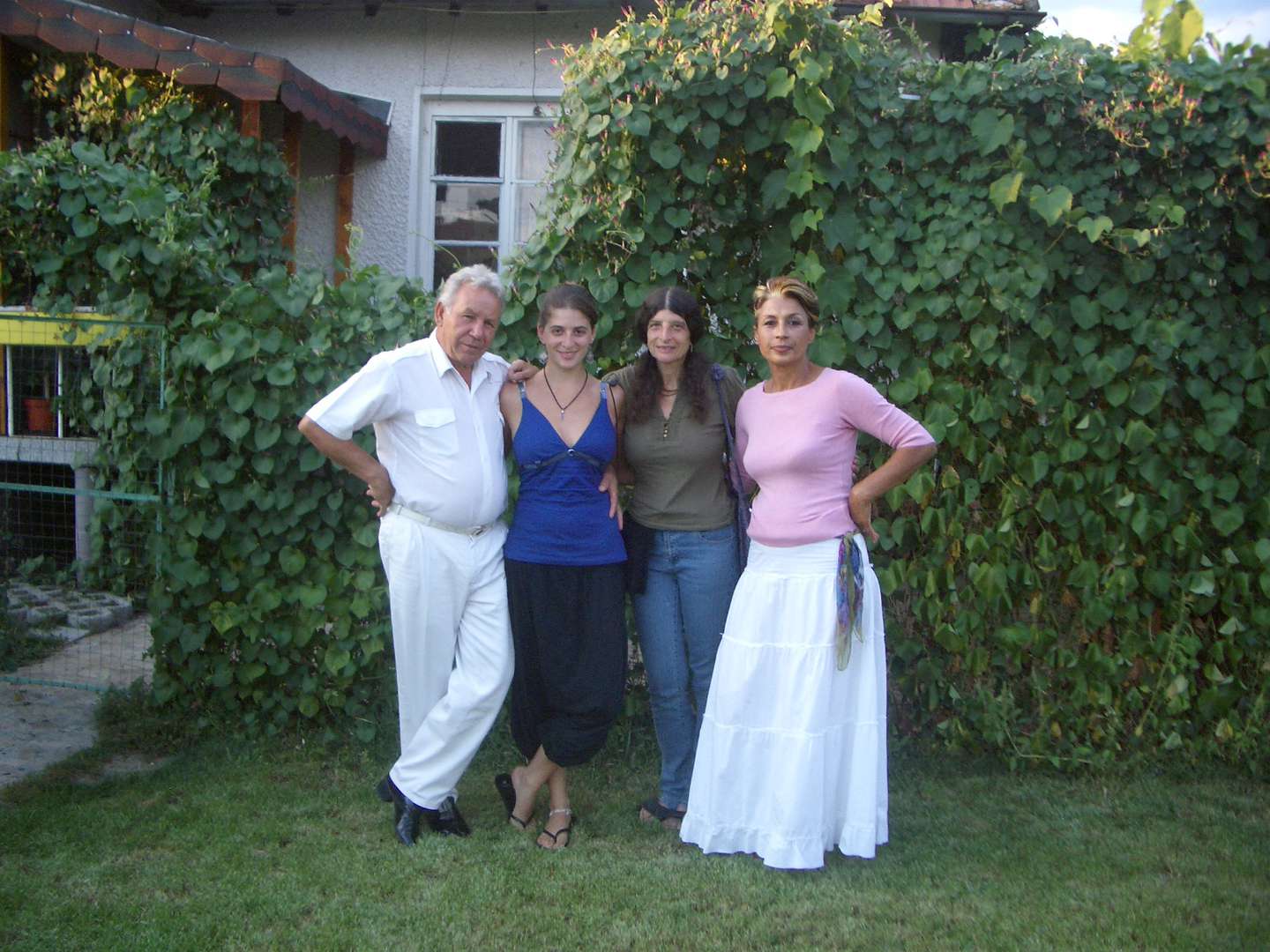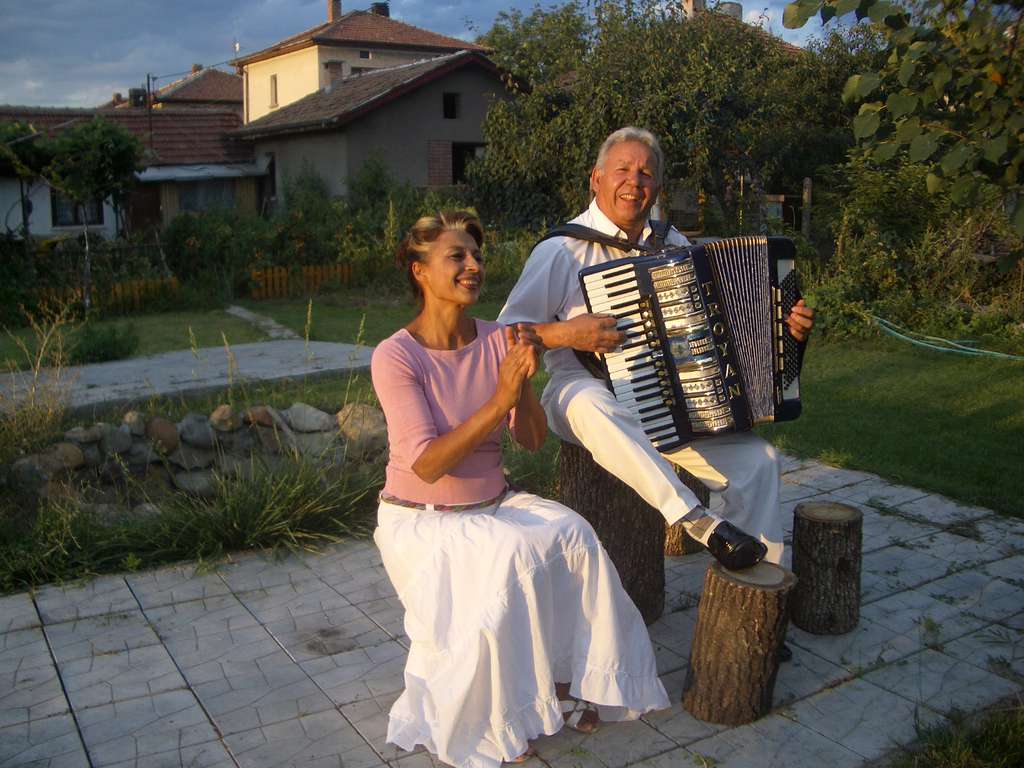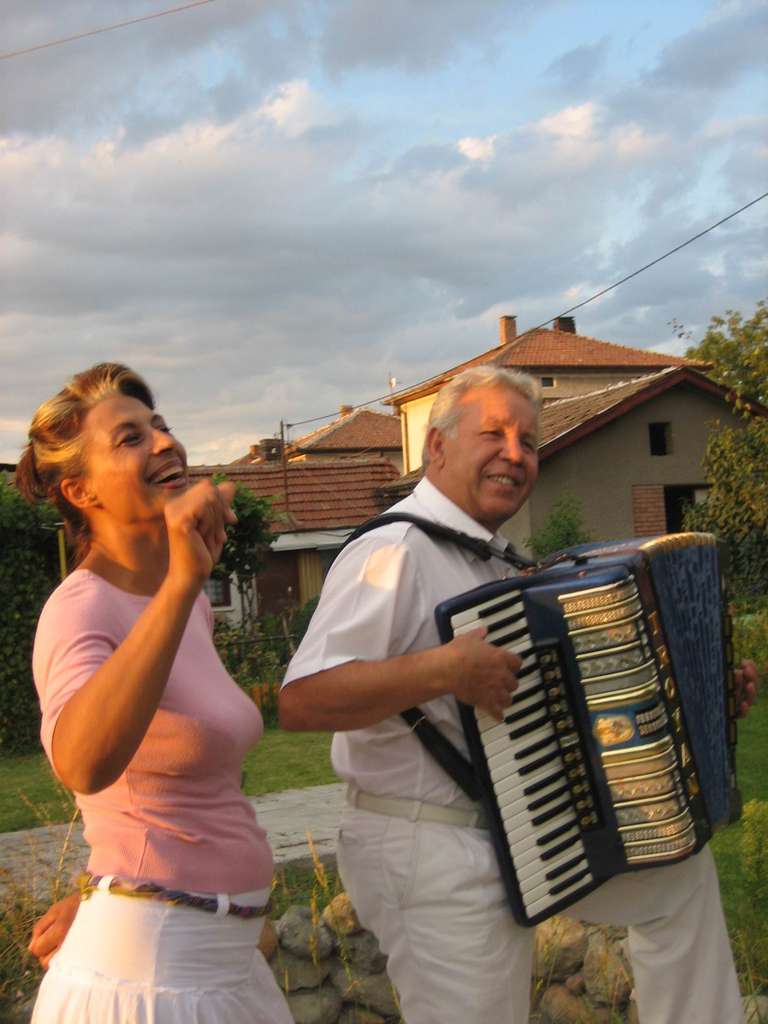Portugal
Background Information
Portugal forms part of the Iberian Peninsula and is located to the west of Spain, which is its only land neighbour. Portugal’s colonial past, which stretches back more than half a millennium, has left traces of ethnic diversity. As Eric Solsten points out, inhabitants of the former colonies are to be found mainly in Lisbon and include Angolans, Mozambicans, São Tomans, Timorese, Goans and Macaoans (Solsten, 1993). Two other ethnic groups that are often overlooked but play an important role in the history of the country are the Portuguese ciganos and the Portuguese Jews. While these two communities are mutually exclusive, practice their own traditions and have different belief systems, they have lived side by side in parts of Portugal, in particular the Belmonte region, which is a focus of the Judith Cohen Collection.
According to data released by the European Commission against Racism and Intolerance (ECRI, external link) of the Council of Europe, there are 40,000–50,000 Roma living throughout the country. They are concentrated in Lisbon, Setúbal, Alentejo and Algarve; the largest Romani communities in Algarve seem to be in the Portimão, Loulé and Faro municipalities. The ECRI also reports that Portugal’s Roma face difficulties mainly in the areas of employment, housing, health and education. While this sizeable ethnic group has to deal with challenges on various social fronts, the community featured in the Judith Cohen Collection is well integrated and does not reflect the stereotypical image often associated with Romani families.
Dr Judith Cohen (external link) is a performer and ethnomusicologist specialising in Judeo-Spanish (Ladino) Sephardic songs, as well as medieval and traditional music (including Balkan, Portuguese, Yiddish and French Canadian), pan-European balladry and songs from Crypto-Jewish regions along the Portuguese-Spanish border.
She is also general editor of the Spain series of the Alan Lomax project, which is being carried out with the New-York based Association for Cultural Equity (external link). Besides editing and writing extensive liner notes for the series, she has located and interviewed almost all the men and women in Spanish villages whom Lomax recorded in 1952 and who are still alive today. Currently, she is working on an edition of his Spanish field diaries. She held the first Alan Lomax fellowship at the Library of Congress, which was endowed by that institution’s American Folklife Center and the John W. Kluge Foundation.
Cohen’s daughter, Tamar Ilana Cohen Adams (b. 1986), often performs with her. In her performances and lectures, Cohen draws on the fieldwork she has carried out in villages in several Mediterranean countries as well as in urban immigrant communities. It is through this fieldwork that she has met, lived with and worked alongside many Romani families throughout Europe. Particularly relevant to this collection is her work with Portuguese Roma – or, as she identifies them in her writings, ciganos – and Bulgarian Roma.




